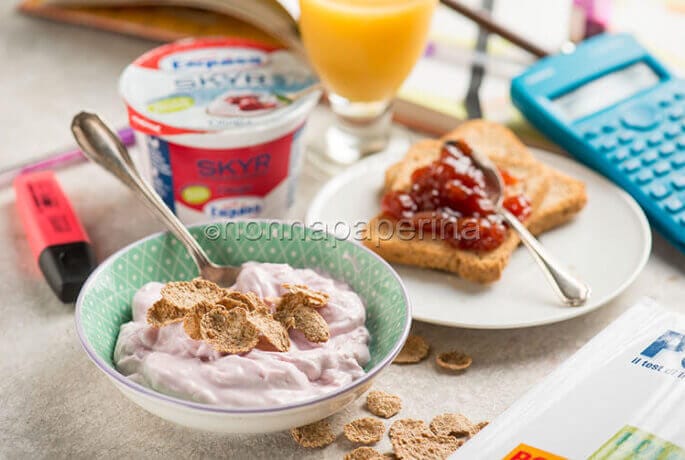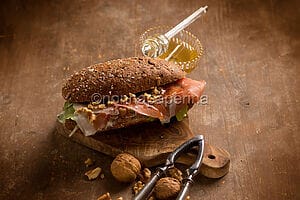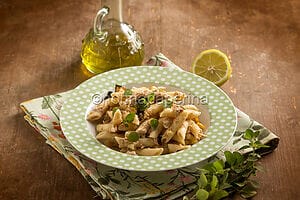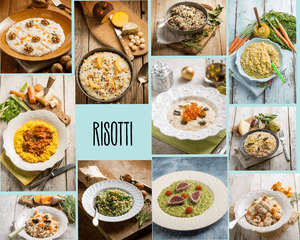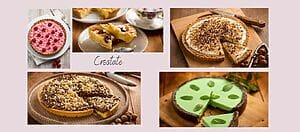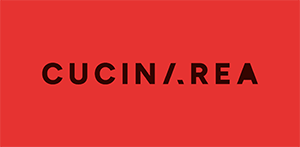Beans

Beans, a good choice for a balanced diet high in protein
All beans are necessary legumes for a balanced diet, particularly one that limits the amount of meat consumed. Beans used to be referred to as “poor man’s meat”.
The reference is obviously to the incredible supply of proteins that this legume manages to guarantee. Of course, this component is different in different varieties, but on average, 100 grammes of beans contain 23 grammes of protein. To round out the nutritional profile, there is an incredible amount of carbohydrates—51 grammes—virtually no fat, and a significant amount of fibre.
Beans also contain vitamins A and C, many mineral salts, and trace elements. Among these, lecithin stands out as a very useful substance for fighting cholesterol. In the end, what we have here is one of the most valuable foods ever, distinguished by its wholeness and, as we shall see in a moment, by its versatility in the kitchen.
The most used types of beans
The varieties of beans are truly numerous, and a good part of them reach our tables without difficulty. Here is a lengthy overview.
- Cranberry beans: They are the classic soup legumes. Externally, they are characterised by their slightly dark colour with brown streaks. They are the protagonists in most Italian bean soups.
- Cannellini beans: They are small in size and have a characteristic white colour. By virtue of their delicate flavour, they are often used to make delicious purees and creams.
- Spanish White Beans: They are of considerable size and are characterised by an extremely full-bodied taste with a sweet hint. They are so adaptable in the kitchen that they may be used for lengthy cooking preps or even to make delicious meatballs.
- Blacks Beans: The taste is similar to that of cranberry beans. They are characterised by their black colour and small size.
- Red Beans: Their colour is due to the presence of anthocyanins; these are antioxidants, which are characterised by the many benefits they bring to the body.
- Azuki Beans: This is a Japanese variety that is characterised by a marked sweetness, so much so that it is used to prepare desserts.
Uses in the kitchen
The adaptability of beans is one of their most significant qualities. Beans appear in a plethora of recipes, nearly all of which are rooted in one or another local custom. As a result, an astounding variety of soups and broths—with or without pasta—enriched with the most diversified ingredients are available.
Some bean-based preparations that stray from the norm include salads made with cannellini beans and peppers, which can be served as a side dish or as a first course, depending on the circumstances. If we move our gaze towards the most unique varieties of beans, it is impossible not to mention the azuki bean popsicle, one of the few desserts made with a legume!
Numerous delectable recipes, from Italy to Russia
Given their global appeal, it is hardly surprising that beans are featured in so many different culinary traditions. Because of this, it’s worthwhile to look into some regionally inspired cuisines using this legume.
White beans in tomato sauce: Let’s start in Italy with the white beans in tomato sauce, also known as “Bud Spencer beans,” as they were made famous by one of his films. It is a complete dish that sees the simultaneous presence of beans, tomatoes, and, more rarely, meat (bacon or sausage). They are accompanied by toasted bread.
Calzagatti (pan-fried polenta and beans): It is a famous recipe from Modena. Calzagatti can be considered as squares of corn polenta enhanced by tomato sauce, onions, bacon, and cranberry beans. This kind of seasoned polenta is cooked until it becomes soft, after which it is allowed to cool.
Schi: It is a very nutritious traditional Russian soup, as it contains not only beans but also potatoes, cabbage, tomatoes, and mushrooms. Because adzuki beans, which are typically sweet, are used, the flavour is slightly sweet and salty.
Sauce au poivre: We travel to the south of France, to Provence, with this intriguing pesto soup. Instead of using basil to make the pesto in this meal, a colourful blend of red and white beans is used. There is also no shortage of potatoes, carrots, and tomatoes.
Feta cheese and vegetable salad with bean waffles: We conclude this journey with a Greek-inspired dish thanks to the presence of feta, a famous Hellenic cheese. The salad is unique in that it uses pureed beans to make the waffles.
What are the benefits of beans?
As we have seen, beans are very nutritious. But are they good for your health? The answer is yes, at least if you eat them moderately. First of all, they maintain the liver’s activity, which ensures the consumption of light proteins that have a high biological value (as opposed to those in meat).
Because they are high in dietary fibre that doesn’t break down when cooked, beans are also beneficial for digestion.
Thus, there is a link between these priceless legumes and a decreased risk of heart disease. The reason for this is the previously mentioned lecithin, which increases the artery’s flexibility. Finally, with the exception of adzuki beans, which are quite sweet, beans can aid in the management of high blood sugar and cholesterol levels.
Hence, we must remember that beans are remineralizing foods because they include zinc, phosphate, calcium, and potassium. They also include a lot of iron, which is an important factor to consider in foods that come from plants. As a result, beans counteract the effects of anaemia and maximise blood oxygenation more than other legumes.
When not to eat beans?
Do beans have any particular contraindications? The answer is yes, if it is linked to excessive consumption. The most obvious and well-known effect is meteorism, which causes only some discomfort.
It should be highlighted, however, that beans are rich in fibre, which can have a slightly laxative effect if they are ingested in large quantities. In general, it is good to adopt a prudent approach to the consumption of beans if you suffer from chronic gastrointestinal problems such as gastritis, irritable bowel syndrome, etc.
There have been no documented diseases caused by eating beans in terms of allergies or intolerances. But, as with all legumes, they are high in nickel; therefore, anyone with nickel allergies or sensitivities should stay away from them. Beans are a useful food item for people who choose to follow a vegan diet. Actually, they are a great source of protein and can easily take the place of meat and fish.









